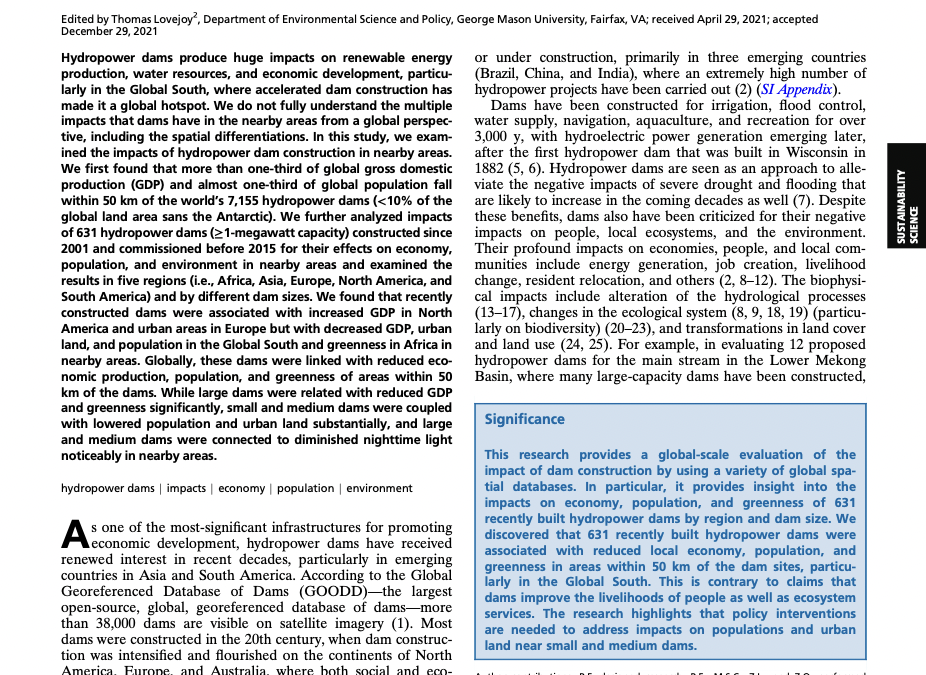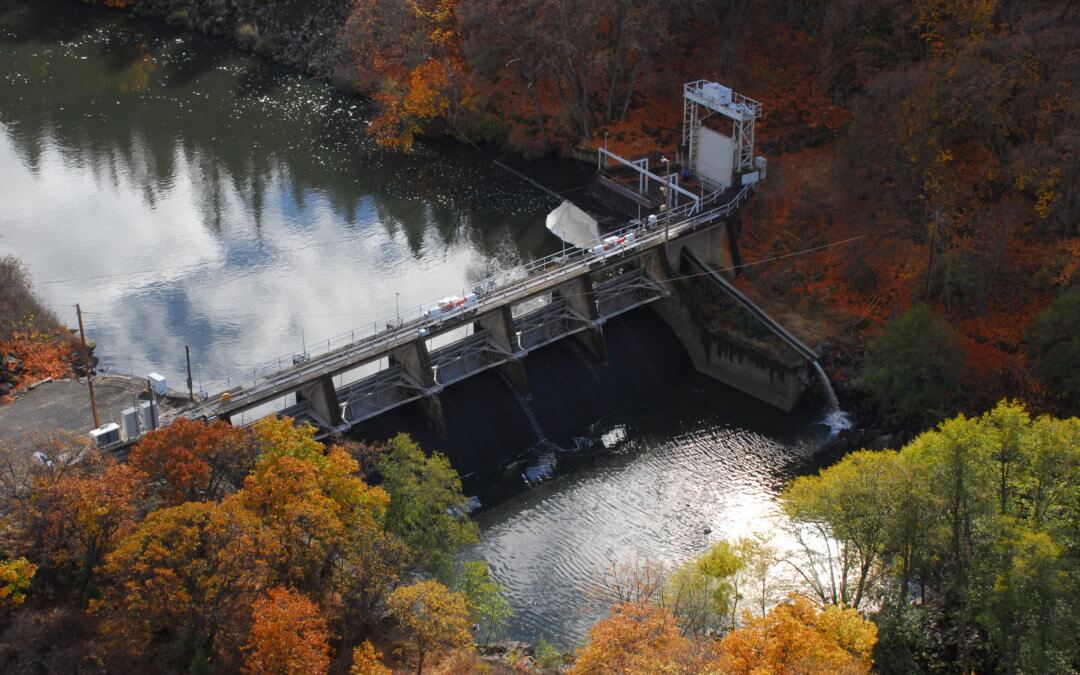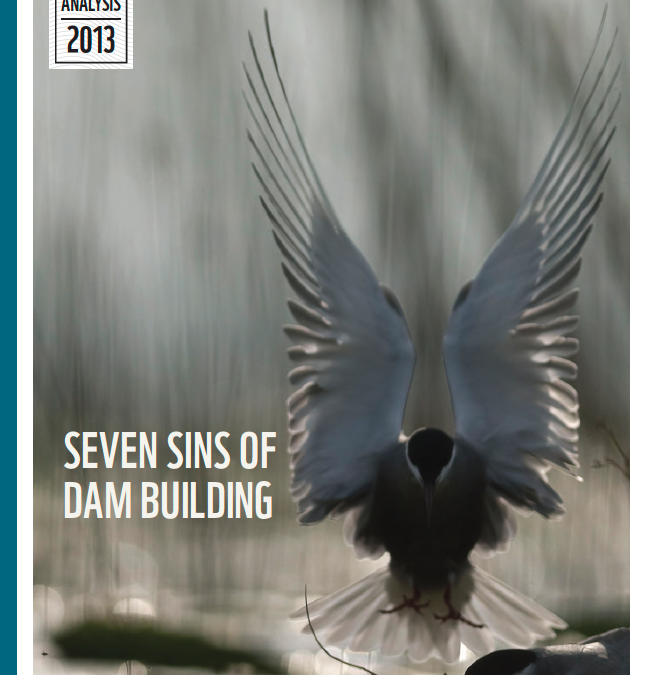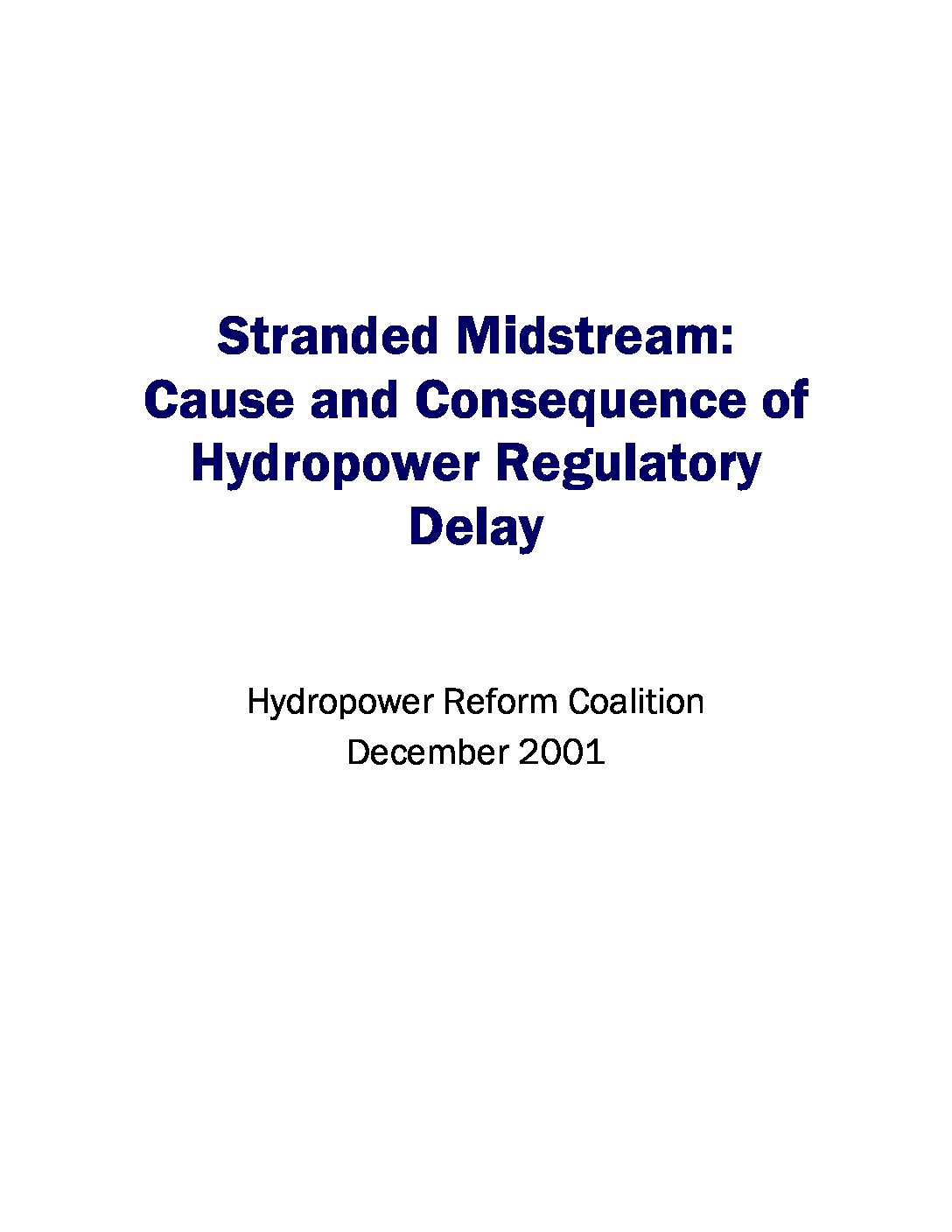


Recently constructed hydropower dams were associated with reduced economic production, population, and greenness in nearby areas
This research provides a global-scale evaluation of the impact of dam construction by using a variety of global spatial databases. In particular, it provides insight into the impacts on economy, population, and greenness of 631 recently built hydropower dams by region and dam size. They discovered that 631 recently built hydropower dams were associated with reduced local economy, population, and greenness in areas within 50 km of the dam sites, particularly in the Global South. This is contrary to claims thatdams improve the livelihoods of people as well as ecosystemservices. The research highlights that policy interventions are needed to address impacts on populations and urban land near small and medium dams.

HRC Joins Discussion to Advance Opportunities to Restore Rivers Impacted by Hydropower
The impacts from climate change are becoming increasingly real. Battling the existential threat of our times requires that we all evaluate our priorities and pull together to bring about meaningful change. Two and a half years ago, the Hydropower Reform Coalition...
Seven Sins of Dam Building
The World Wildlife Fund (WWF) released this report, Seven Sins of Dam Building, on World Water Day in 2013 to highlight the detrimental impacts that building dams has on our precious freshwater resources. The sole case study highlighted from the United States in the report is the damming of the Coosa River in Alabama.

Stranded Midstream: Cause and Consequence of Hydropower Regulatory Delay
This report proposes recommendations to the hydropower licensing process based on an analysis of 51 projects whose license applications have been awaiting final action for more than five years. The analysis includes the cause of licensing delays, NEPA and cumulative environmental effects, fish passage and federal lands protection, settlement agreements, unconstructed projects, dam removal, endangered species, and Tribal consultation. Recommendations include limitations on annual licenses, timeliness of studies, joint schedules for relicensing, early FERC staff involvement, flexible conditions, consolidated watershed licensing, agency funding, respecting Tribal sovereignty, and more.
